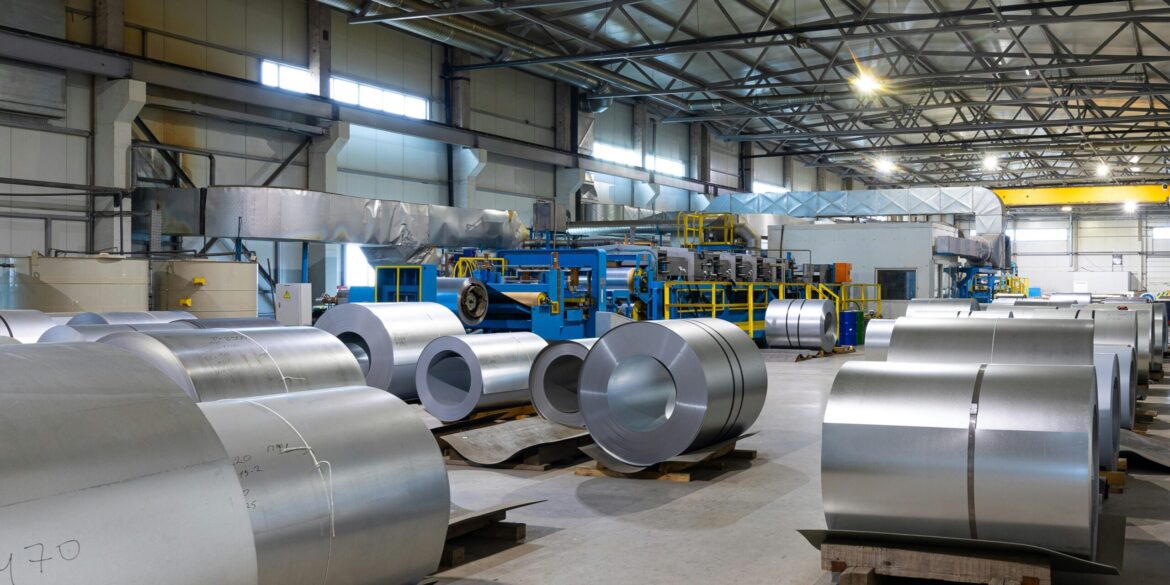On May 31, 2025, President Donald Trump announced a significant increase in tariffs on imported steel, raising them from 25% to 50%. The decision, set to take effect on June 4, coincides with the approval of a contentious partnership between U.S. Steel and Japan’s Nippon Steel Corporation. While the administration describes the arrangement as a “planned partnership,” critics argue it closely resembles a foreign acquisition, raising concerns about national security and economic implications.(
The tariff hike is part of Trump’s broader strategy to bolster the domestic steel industry and protect American jobs. During a rally in West Mifflin, Pennsylvania, Trump emphasized that the increased tariffs would prevent foreign competitors from undermining U.S. steelmakers. “At 25 percent, they can sort of get over that fence; at 50 percent, they can no longer get over the fence,” he stated, underscoring his commitment to American manufacturing.
The newly approved partnership between U.S. Steel and Nippon Steel involves a $14 billion investment aimed at revitalizing U.S. Steel’s operations. Under the terms, U.S. Steel will maintain its headquarters in Pittsburgh, and an American CEO will lead the company. Additionally, the U.S. government will hold a “golden share,” granting it veto power over certain corporate decisions to safeguard national interests. Despite these measures, the deal has drawn criticism from labor unions and policymakers who fear it may compromise domestic control over a critical industry.
The United Steelworkers union has expressed skepticism about the partnership, citing concerns over job security and the potential for outsourcing. While Trump has pledged that there will be no layoffs and that blast furnaces will operate at full capacity for at least a decade, union leaders remain wary. They argue that the lack of detailed information about the deal’s structure leaves room for uncertainty and potential adverse effects on American workers.
Internationally, the tariff increase has sparked backlash from key trading partners. Australia’s Trade Minister Don Farrell labeled the move as “unjustified” and “not the act of a friend,” emphasizing the potential harm to global trade relations. Similarly, Canadian officials have condemned the tariffs, warning of retaliatory measures and increased economic uncertainty. Economists caution that while the domestic steel industry may experience short-term benefits, the broader economy could suffer due to higher production costs and reduced consumer options.
Legal challenges have also emerged in response to the tariff hike. A recent ruling by the United States Court of International Trade declared that the president does not have the authority to use the International Emergency Economic Powers Act (IEEPA) to set tariffs in this manner. The court permanently enjoined the government from enforcing the tariffs, though the administration has appealed the decision, and the Federal Circuit Appeals Court has temporarily stayed the lower court’s ruling pending further review.
The combination of increased tariffs and the U.S. Steel-Nippon partnership underscores the Trump administration’s aggressive approach to trade policy and industrial strategy. While aimed at strengthening domestic manufacturing, these actions have ignited debates over economic nationalism, legal authority, and the future of international trade relations. As the situation unfolds, stakeholders across the political and economic spectrum will closely monitor the implications for American industry and global commerce.

